 W
WBurkhard von Berlichingen (c.1550–1623) was an imperial councillor at the court of Holy Roman Emperor Rudolph II. He became court councillor of Württemberg in 1579, chancery councillor in 1586, and in 1588 was sent to the imperial court in Prague, where he became imperial councillor. In 1597 he built the north wing of Filseck Castle.
 W
WEustace Chapuys, the son of Louis Chapuys and Guigonne Dupuys, was a Savoyard diplomat who served Charles V as Imperial ambassador to England from 1529 until 1545 and is best known for his extensive and detailed correspondence.
 W
WFrancisco de los Cobos y Molina was the secretary of State and Comendador for the kingdom of Castile under the rule of the Emperor Charles I of Spain.
 W
WMartin Kraus, commonly Latinized as Crusius, was a German classicist and historian, and long-time professor (1559–1607) at the University of Tübingen.
 W
WFerdinand I was Holy Roman Emperor from 1556, King of Bohemia, Hungary, and Croatia from 1527, and Archduke of Austria from 1521 until his death in 1564. Before his accession, he ruled the Austrian hereditary lands of the Habsburgs in the name of his elder brother, Charles V, Holy Roman Emperor. Also, he often served as Charles' representative in Germany and developed encouraging relationships with German princes.
 W
WMercurino Arborio, marchese di Gattinara, was an Italian statesman and jurist best known as the chancellor of the Holy Roman Emperor Charles V. He was made cardinal of the Roman Catholic Church for San Giovanni a Porta Latina in 1529.
 W
WFerrante I Gonzaga was an Italian condottiero, a member of the House of Gonzaga and the founder of the branch of the Gonzaga of Guastalla.
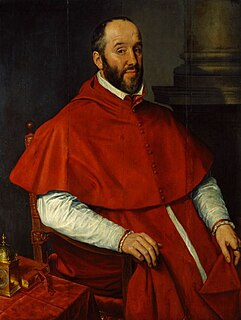 W
WAntoine Perrenot de Granvelle, Comte de La Baume Saint Amour, was a Bisontin statesman, made a cardinal, who followed his father as a leading minister of the Spanish Habsburgs, and was one of the most influential European politicians during the time which immediately followed the appearance of Protestantism in Europe; "the dominating Imperial statesman of the whole century". He was also a notable art collector, the "greatest private collector of his time, the friend and patron of Titian and Leoni and many other artists".
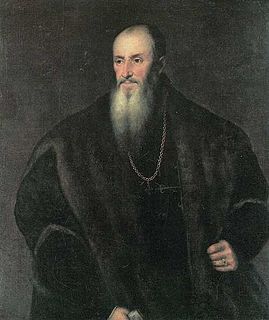 W
WNicolas Perrenot de Granvelle (1486–1550) was a Franc-Comtois politician who served as a close trusted advisor to Emperor Charles V. He was made suzerain of the imperial city of Besançon and held an influential position in the Netherlands. From 1530 until his death he was one of the emperor's most trusted advisers in Germany. He was the father of the cardinal and politician Antoine Perrenot de Granvelle, also a leading Habsburg minister, and built the Palace Granvelle in Besançon.
 W
WConrad Haas (1509–1576) was an Austrian or a Transylvanian Saxon military engineer from the Kingdom of Hungary, Transylvania. He was a pioneer of rocket propulsion. His designs include a three-stage rocket and a manned rocket.
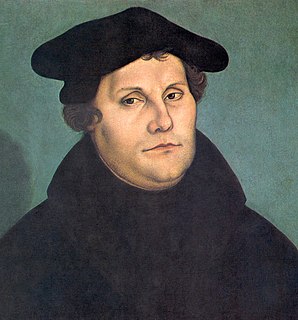 W
WMartin Luther, was a German professor of theology, priest, author, composer, Augustinian monk, and a seminal figure in the Reformation. Luther was ordained to the priesthood in 1507. He came to reject several teachings and practices of the Roman Catholic Church; in particular, he disputed the view on indulgences. Luther proposed an academic discussion of the practice and efficacy of indulgences in his Ninety-five Theses of 1517. His refusal to renounce all of his writings at the demand of Pope Leo X in 1520 and the Holy Roman Emperor Charles V at the Diet of Worms in 1521 resulted in his excommunication by the pope and condemnation as an outlaw by the Holy Roman Emperor.
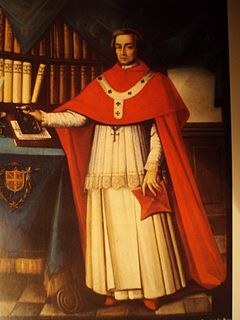 W
WDon Íñigo López de Mendoza y Zúñiga, cardinal, archbishop of Burgos and bishop of Coria, was a Castilian clergyman and diplomat in the service of Emperor Charles V.
 W
WPaolo Giordano II Orsini (1591-1656) was an Italian nobleman, patron of arts, poet, and amateur painter.
 W
WLouis of Praet, Louis of Flanders, Lord of Praet, or locally Lodewijk van Praet was a nobleman from the Low Countries and an important diplomat and statesman under the Emperor Charles V.
 W
WCornelius de Schepper (1503?-1555) was a Flemish counsellor and ambassador for the Holy Roman Emperor Charles V, Ferdinand I of Austria and Mary of Hungary, governor of the Netherlands. He is also known by his Latin name Scepperus.
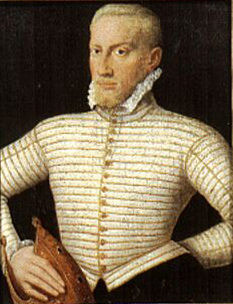 W
WGebhard Truchsess von Waldburg was Archbishop-Elector of Cologne. After pursuing an ecclesiastical career, he won a close election in the Cathedral chapter of Cologne over Ernst of Bavaria. After his election, he fell in love with and later married Agnes von Mansfeld-Eisleben, a Protestant Canoness at the Abbey of Gerresheim. His conversion to Calvinism and announcement of religious parity in the Electorate triggered the Cologne War.